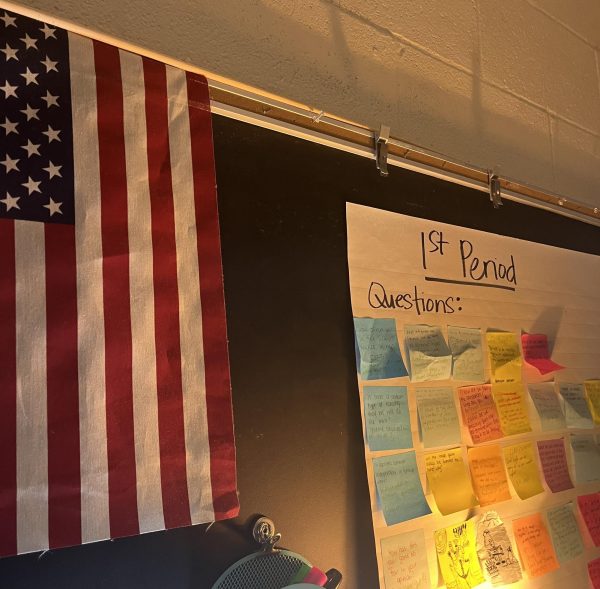Caps, Cords and Stoles Oh My
Originating from 12th century Europe, cap and gowns have been a part of the graduation ceremony for ages. In the 1100s, Universities were not provided with competent heating systems resulting in the improvisation to keep warm. Scholars of the Universities put forth the idea of wearing long robes with a hood for heat, emanating the cap and gown.
The formal attire graduates wear symbolizes how far they have come and shows that they have not only reached a peak in their lives, but are also about to begin a new chapter as well. The cap and robes give a sense of pride to those who wear them; for how they have achieved success in persevering along a journey that at times seemed never ending to some. Though this apparel is meant to make the students who have travailed feel significant, many believe that it is an outdated tradition that should be modernized with a sense of personal touch.
In today’s world, college graduates have been decorating the top of caps for years. Representing their school or major, exhibiting the next steps in their future, or even expressing their long journey with humor.
A 2015 Bullitt East senior attempted to decorate her cap last year for graduation without knowing it was against school policy, forcing her to buy a new cap to wear for graduation.
Some 2016 BE seniors, such as Laura Brown, bought an extra cap to decorate. She plans on wearing an undecorated cap for the actual graduation ceremony and her decorated cap for her graduation party.
“I decided to decorate my cap because I’ve seen a lot of pictures from other students who do it at other schools and it looked really fun and helps celebrate that you’re finishing a chapter of your life,” said Brown. She is decorating her party cap with the word, “Finally” written across it. Brown believes that students should be allowed to decorate their caps as long as it’s school appropriate. She says that it helps students personalize their journey and “the fact that they have accomplished so much.” It’s a fun and easy way to make it through the two hour long ceremony.

Cap and gowns aren’t the only thing that are a traditional custom of the graduation ceremony. Cords and stoles indicate the students who have strived to receive honors and recognition for the hard work that they have achieved. Emily Miles (12) is receiving cords and stoles for multiple clubs and accomplishments such as National Honors Society (NHS), being an officer in NHS and Beta Club, reaching the College and Career Ready requirements, and having a 4.0 GPA. Getting these honors isn’t an easy thing to do. Miles said, “I had to strive for them [cords and stoles]. My older sister had a lot of them so in the spirit of rivalry I wanted to earn them as well. It shows all the hard work and dedication I’ve put into clubs here at BE.”
While the honors may be a big deal right now, Miles states, “In a couple years they won’t mean a thing. We’re in high school, It’s just fabric and string. What matters is what we do after we graduate.”
Anybody can be successful after high school. Although while we are here, those students who dedicated the last four years of their lives to endless nights of homework, sacrificing their social lives to sports and clubs, and studying until their alarm clock rings get to stand out in a sea of red caps and gowns at the ceremony that begins their next journey.



